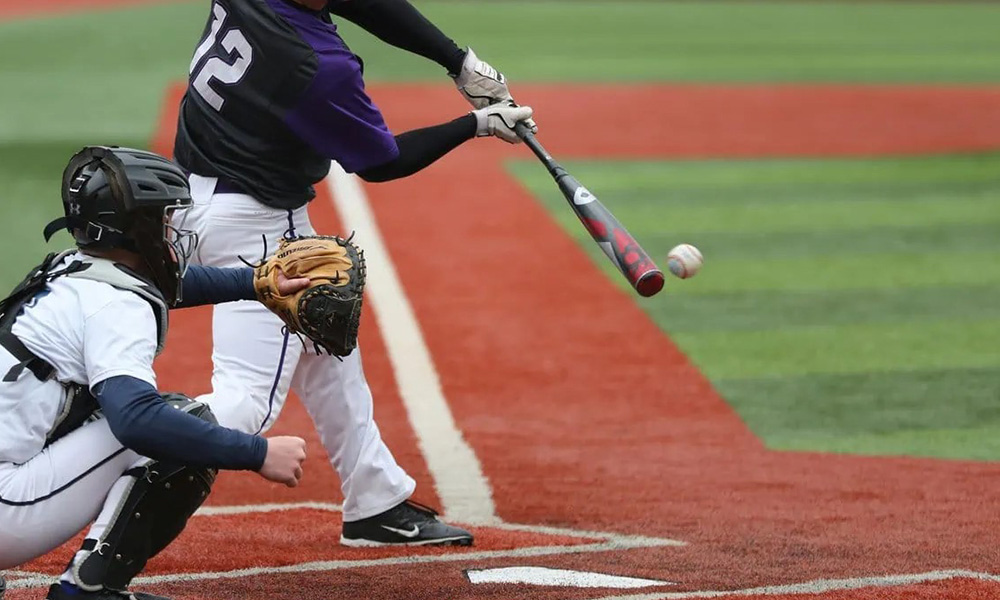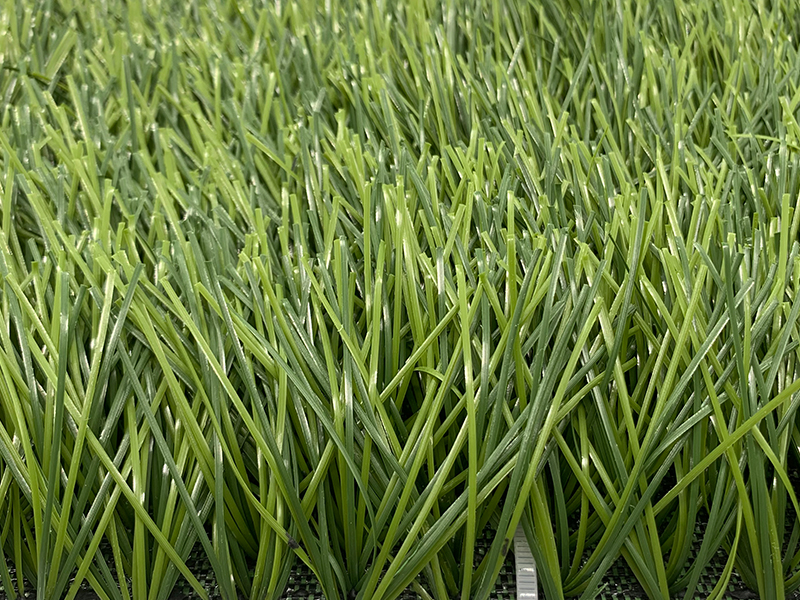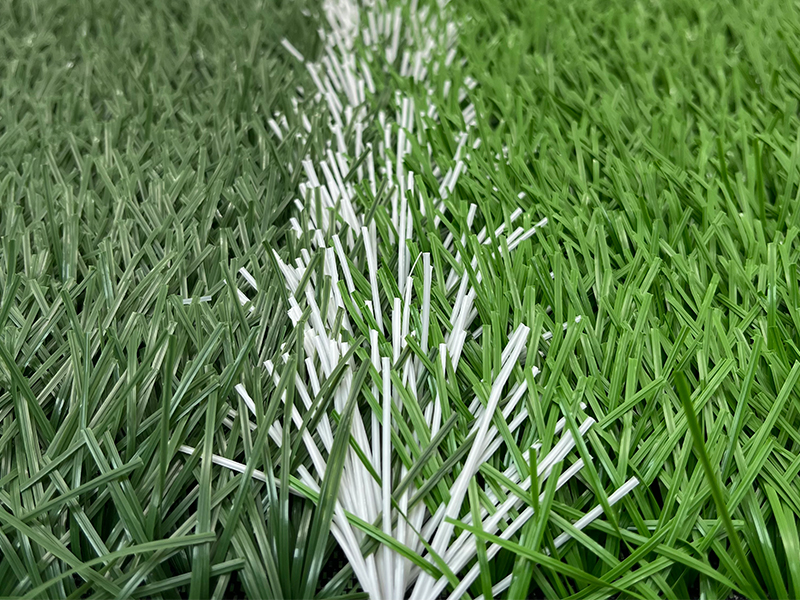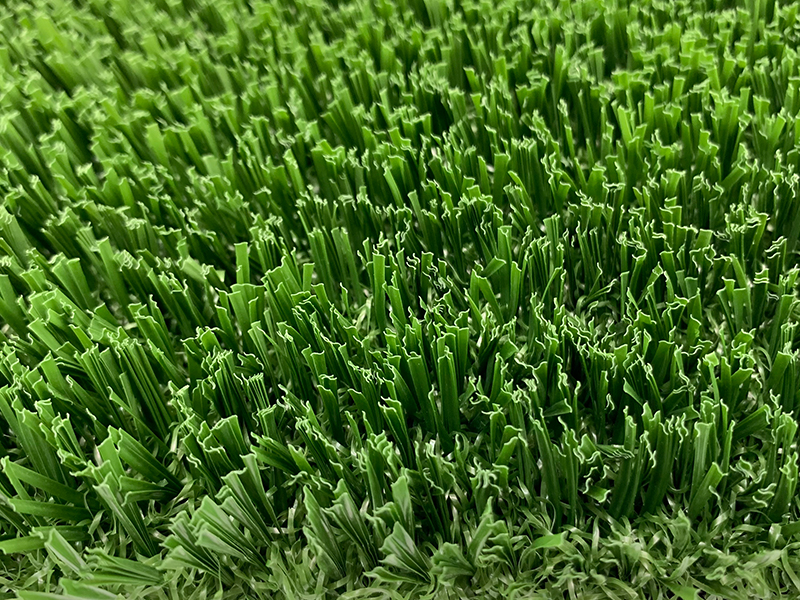How to deal with bulges and wrinkles in football fields?
During the construction of artificial turf for football fields, bulging and wrinkling are one of the most frequently reported problems by customers. These problems not only affect the appearance, but may also affect the service life and sports experience in the later period. UNIGRASS summarizes the common causes of these problems and proposes effective countermeasures to help construction parties and operators quickly solve the problems and ensure the quality of the venue.
Common causes of bulging
Bulging is the phenomenon of local bulging and unevenness of the lawn, which affects the visual and foot feel. The common causes are mainly:
Improper transportation:
The grass roll is not fixed well during transportation, resulting in loose or deformed structure.
Unbalanced lifting:
Improper operation of the lifting equipment makes the center of gravity of the grass roll unstable, causing uneven structural stress.
Poor winding process:
The grass roll is not tightly rolled according to the standard during the production process, or the tightness is different.
Improper construction method:
The lawn is not laid or stretched as required, resulting in uneven stress release and bulging.
In addition, if the lawn is stored for a long time in a low temperature environment, bulging may also occur due to shrinkage and deformation.
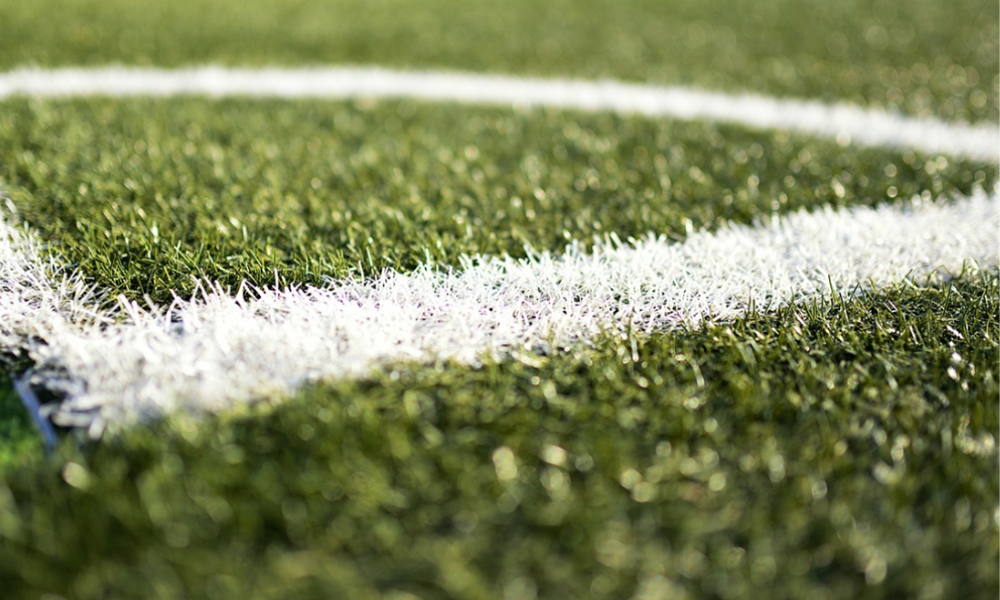
Solutions to the bulging problem
The bulging problem can be solved in three ways according to different ambient temperatures:
1. When the ambient temperature is higher than 25°C
Open the grass roll and dry it naturally to soften the grass carpet;
Flatten the raised part repeatedly with uniform force along the direction of the grass roll unfolding;
If necessary, repeat the unfolding and flattening several times until the bulge disappears.
2. When the ambient temperature is lower than 0°C
Reroll the lawn in the original direction for about 50 meters and unfold it again to observe whether it is restored to flatness;
If there are still bulges, pour hot water at about 80°C evenly on the raised part;
Then cover it with a quilt or cloth for insulation, and step on it lightly with your feet or heavy objects to help the lawn return to flatness.
3. For small bulges at the head, tail or edge
Apply a proper amount of glue at the bottom of the bulge;
Press the lawn tightly with a roller or tool and squeeze out the glue;
Wait for the glue to solidify before performing seam treatment to ensure flatness.
Causes and effects of wrinkling
Wrinkling is similar to bulging, and is mainly manifested as wrinkles on the grass carpet surface. Common causes include:
Construction flipping or improper handling;
The glue at the joints of the lawn is not completely cured, causing movement;
The curling edge is nailed too tightly or the force is uneven, resulting in a "wood ear edge" effect;
Long-term stacking causes local deformation of the bottom layout.
Wrinkling will affect the leveling effect of the lawn, and then affect the service life and beauty of the lawn, so it needs to be dealt with in time.

Solution steps for wrinkling
Similar to bulging, wrinkling problems also need to be dealt with from the aspects of laying, unfolding, and placement:
1. Lay the lawn in an orderly manner
Align the lawns one by one and unfold them in sequence according to the direction of the design drawings;
Ensure that the direction of the grass fibers is consistent, and avoid tilting and reverse laying;
After unfolding, it should be placed on site for 24 hours to release the lawn stress naturally.
2. Evenly unfold and move
During the unfolding process, use even force to push the lawn smoothly;
Avoid pulling or loosening of the lawn during movement to reduce the risk of wrinkling;
Do not stop or fold it midway after unfolding.
3. Correct handling and stacking
It is strictly forbidden to throw, drag, or drop the grass roll;
Do not roll in the opposite direction to avoid damage caused by reverse stress;
The storage site should be flat and ventilated to avoid heavy pressure and tilted stacking.
Conclusion
The laying of artificial turf seems simple, but in fact every step requires careful handling. Although bulging and wrinkling are common, most problems can be effectively prevented and solved as long as they are operated according to professional construction standards. UNIGRASS is committed to providing high-quality turf materials and technical support to help you create a flat, beautiful and professional sports venue.


